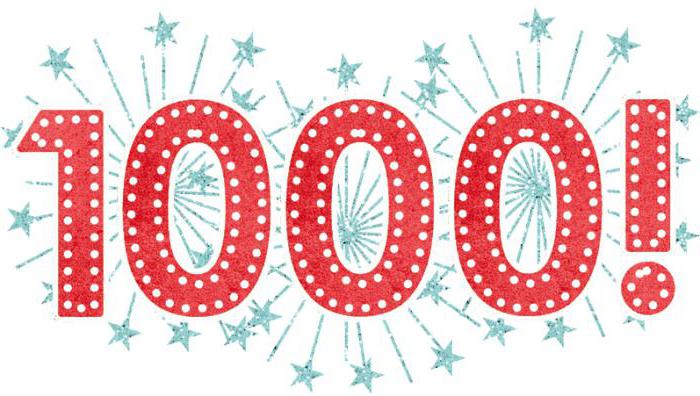Ordinals
Numbers in Russian area significant part of speech that combines words, denoting figures, the number of objects and their order in the count. Questions to which they always answer: "How much?", "Which?".
There are two of their varieties: quantitative and other form - ordinal numerals, differing in importance.
The first category includes those that denote abstract numbers - for example, six, or the number of items - five fingers. In turn, they are collective, for example, five, fractional - two-thirds, whole - nine .
Quantitative integer numbers are numbers or integers. As a rule, they are combined with nouns, denoting such items, which can be counted individually.
Using fractional number numeralsdenote quantities or fractional numbers, combining them with countable names by nouns, and with uncountable ones. However, they are never combined with animate persons.
Collective are the numbers that show the number of objects as a whole. For example: three, five, seven and so on. However, they are combined with only certain nouns, including those of both sexes, with the names of the young animals, with words person, person, child, with words that have a pair meaning - socks, glasses, with personal pronouns.
Words that help to designate the order of several identical objects when they are counted are ordinal numerals. For example: the first exam, the third ticket, the first question.
Like adjectives, ordinal numerals can act as determinations for nouns, consistent with them in the case, number and genus.
However, there is a slightly different approach to this partspeech. Wonderful philologist, academician V.V. Vinogradov believed that ordinal numerals refer to their own formal-grammatical peculiarities to relative adjectives.
The similarity of ordinal and quantitative numerals is also evident when quantitative species are used in the values of ordinal ones. This is especially evident when you specify the address: apartment eight instead eighth apartment.
Ordinal numerals have a number of grammaticalsigns common to the adjective. These include a unified system with declination, morphological structure and rules of word formation. During use, certain ordinal numbers receive a qualitative, phraseological meaning. For example: in the foreground, the second violin, in the first hands etc.
Bowing down, these compound ordinal parts of speech are notchange all those components of the numerals, which have a quantitative form. Only the latter changes, one that is consistent with the noun and has an order form: in one thousand nine hundred and forty-second year.
In their structure, these parts of speech are simple and complex. Simple are made up of one, and compound ones are made up of two or more words. For example: three, thirty five.
Those numerals, which consist of a single word, but have several roots, are called complex: eight hundred.
The writing of numerals consisting of two or more bases is a merging: eight hundred.
Composite ones are written separately, and in their combination there are as many words as in this number of significant figures, without zeros, but with the addition of words such as a thousand, million, etc. For example, twenty-four (24), two hundred and eight (208) etc.
Those ordinal parts of speech that end in a thousandth, -billion, etc., are written together: twenty-third thousandth.
In grammar, there are two forms of spelling: zero and zero. Based on the terminological meaning, the first form is often used. For example: is zero. However, in stable phrases both forms are used:ol attention, at hour zero-zero.
</ p></ p>







